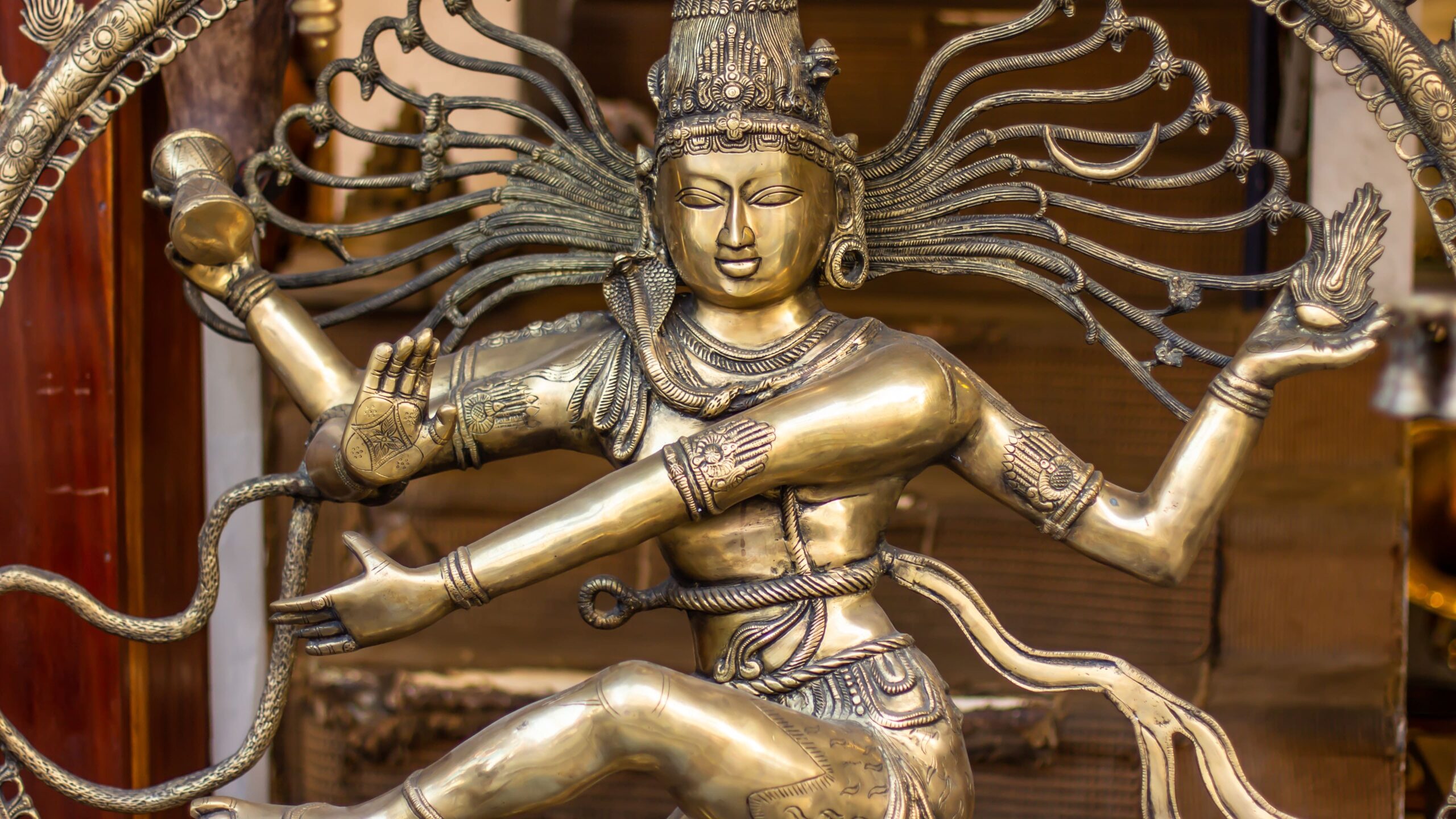Exploring the Many Forms of Lord Shiva
Lord Shiva is one of the most important deities in Hinduism, revered by millions of people around the world. He is known as the destroyer of evil and the transformer of the universe and is often depicted with a third eye, a crescent moon on his forehead, and a serpent around his neck. But did you know that Lord Shiva has many different forms, each with its symbolism and mythology? In this post, we will explore some of the most popular forms of Lord Shiva and what they represent.
1: Nataraja SWami
Nataraja, also known as the Lord of Dance, is perhaps the most iconic form of Lord Shiva. In this form, Lord Shiva is depicted dancing in a circle of fire, with one foot raised and the other resting on a demon or dwarf. The symbolism behind this form is rich and varied: the dance represents the cosmic cycle of creation, preservation, and destruction; the raised foot symbolizes liberation from the cycle of birth and death; and the demon represents ignorance and illusion.
2: Ardhanarishvara
Ardhanarishvara is a composite form of Lord Shiva and his consort Parvati, in which half of the body is male (Shiva) and the other half is female (Parvati). This form represents the unity of opposites and the balance of masculine and feminine energies. The right side of the body is usually depicted as male, with matted hair and a third eye, while the left side is female, with flowing hair and a lotus in hand.
3: Mahakala
Mahakala, also known as the Great Time or the Lord of Time, is a fearsome form of Lord Shiva. In this form, Lord Shiva is often depicted as a dark-skinned, multi-armed figure, wielding a variety of weapons and surrounded by flames. This form represents the destructive power of time and the inevitability of death, as well as the ultimate transformation of all things.
4: Bhairava
Bhairava is a fierce and terrifying form of Lord Shiva, often depicted with a dog as his vehicle. This form represents the power of transformation and the ability to destroy negativity and obstacles. Bhairava is often associated with the cremation grounds and is believed to protect his devotees from danger and harm.
5: Pashupati
Pashupati, also known as the Lord of Animals, is a form of Lord Shiva that is associated with the natural world and the animal kingdom. In this form, Lord Shiva is often depicted with a crown of skulls and surrounded by wild animals, such as tigers, elephants, and snakes. This form represents the interconnectedness of all living beings and the importance of treating all creatures with respect and compassion.
These are just a few of the many forms of Lord Shiva, each with its own symbolism and mythology. By exploring these forms, we can gain a deeper understanding of Lord Shiva’s character and significance in Hinduism. Whether we see Lord Shiva as a destroyer, a creator, a protector, or an uniter of opposites, his presence in our lives can bring us strength, inspiration, and a deeper connection to the divine.
Thanks For Reading….
